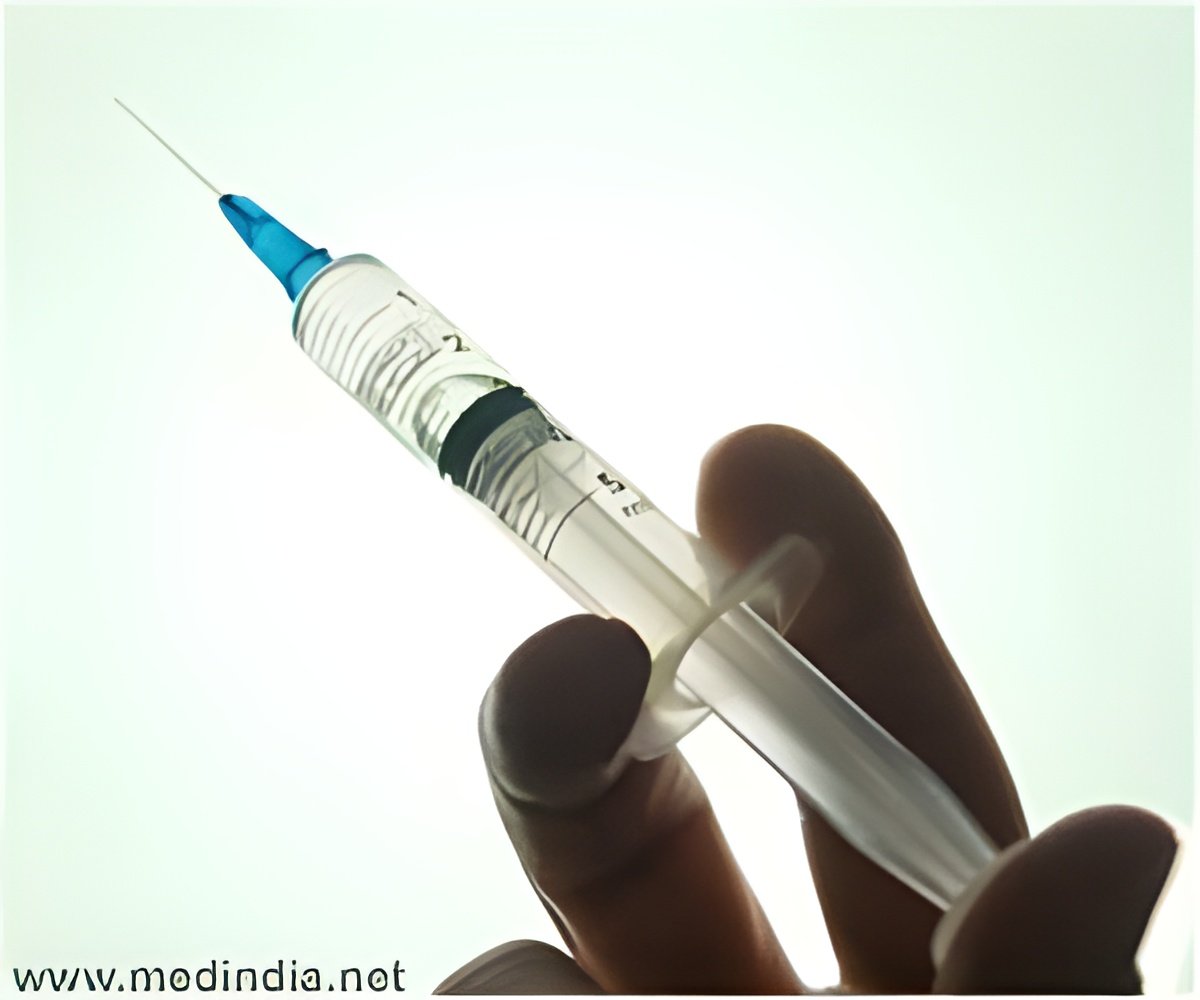A device that delivers a tiny, high-pressure jet of medicine through the skin without the use of a hypodermic needle has been developed by MIT researchers.

Among other benefits, the researchers said, the technology may help reduce the potential for needle-stick injuries.
A needleless device may also help improve compliance among patients who might otherwise avoid the discomfort of regularly injecting themselves with drugs such as insulin.
"If you are afraid of needles and have to frequently self-inject, compliance can be an issue. We think this kind of technology ... gets around some of the phobias that people may have about needles," said Catherine Hogan, a research scientist in MIT's Department of Mechanical Engineering and a member of the research team.
In the past few decades, scientists have developed various alternatives to hypodermic needles. For example, nicotine patches slowly release drugs through the skin. But these patches can only release drug molecules small enough to pass through the skin's pores, limiting the type of medicine that can be delivered.
While there are several jet-based devices on the market today, Hogan noted that there are drawbacks to these commercially available devices. The mechanisms they use, particularly in spring-loaded designs, are essentially "bang or nothing," releasing a coil that ejects the same amount of drug to the same depth every time.
Advertisement
The design is built around a mechanism called a Lorentz-force actuator - a small, powerful magnet surrounded by a coil of wire that's attached to a piston inside a drug ampoule. When current is applied, it interacts with the magnetic field to produce a force that pushes the piston forward, ejecting the drug at very high pressure and velocity (almost the speed of sound in air) out through the ampoule's nozzle - an opening as wide as a mosquito's proboscis.
Advertisement
Through testing, the group found that various skin types might require different waveforms to deliver adequate volumes of drugs to the desired depth.
The team is also developing a version of the device for transdermal delivery of drugs ordinarily found in powdered form by programming the device to vibrate, turning powder into a "fluidized" form that can be delivered through the skin much like a liquid.
The team reported on the development of this technology in the journal Medical Engineering and Physics.
Source-ANI








